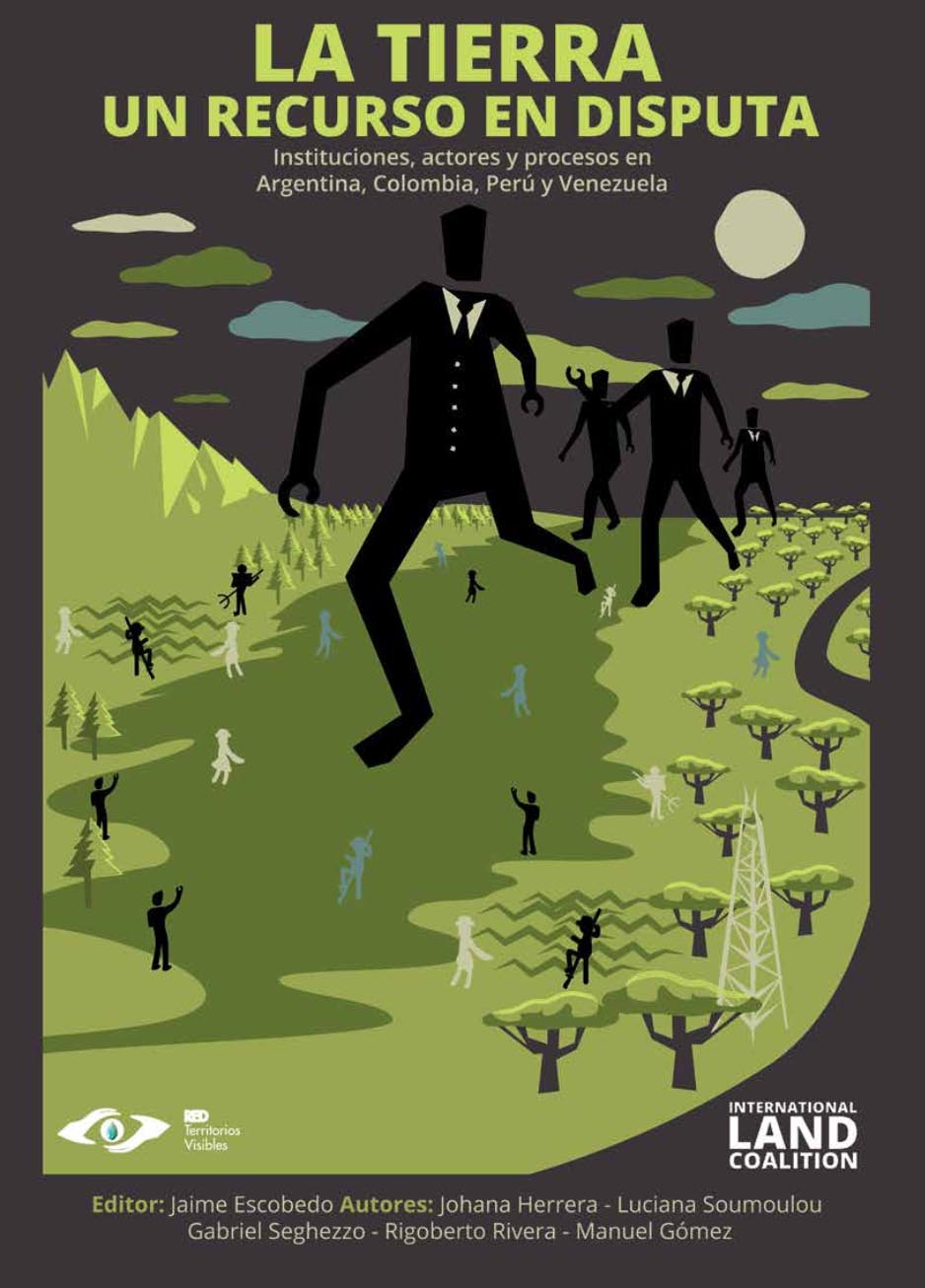La Tierra: Un recurso en disputa. Institutciones, actores y procesos en Argentina, Colombia, Perú y Venezuela
La tierra: un recurso en disputa describe de qué forma y sobre qué instituciones y actores ejercen presión las actuales demandas por la tierra y otros recursos naturales asociados en los 4 países estudiados. Se identifica y se presenta a los actores que ocupan o tienen intereses en el territorio rural, haciéndose el esfuerzo de ir más allá de las categorías genéricas de “campesino”, “indígena”, “agricultor” o “inversionista”. Así, se hace un intento por desglosar y averiguar quiénes integran cada uno de estos grupos en la actualidad.



